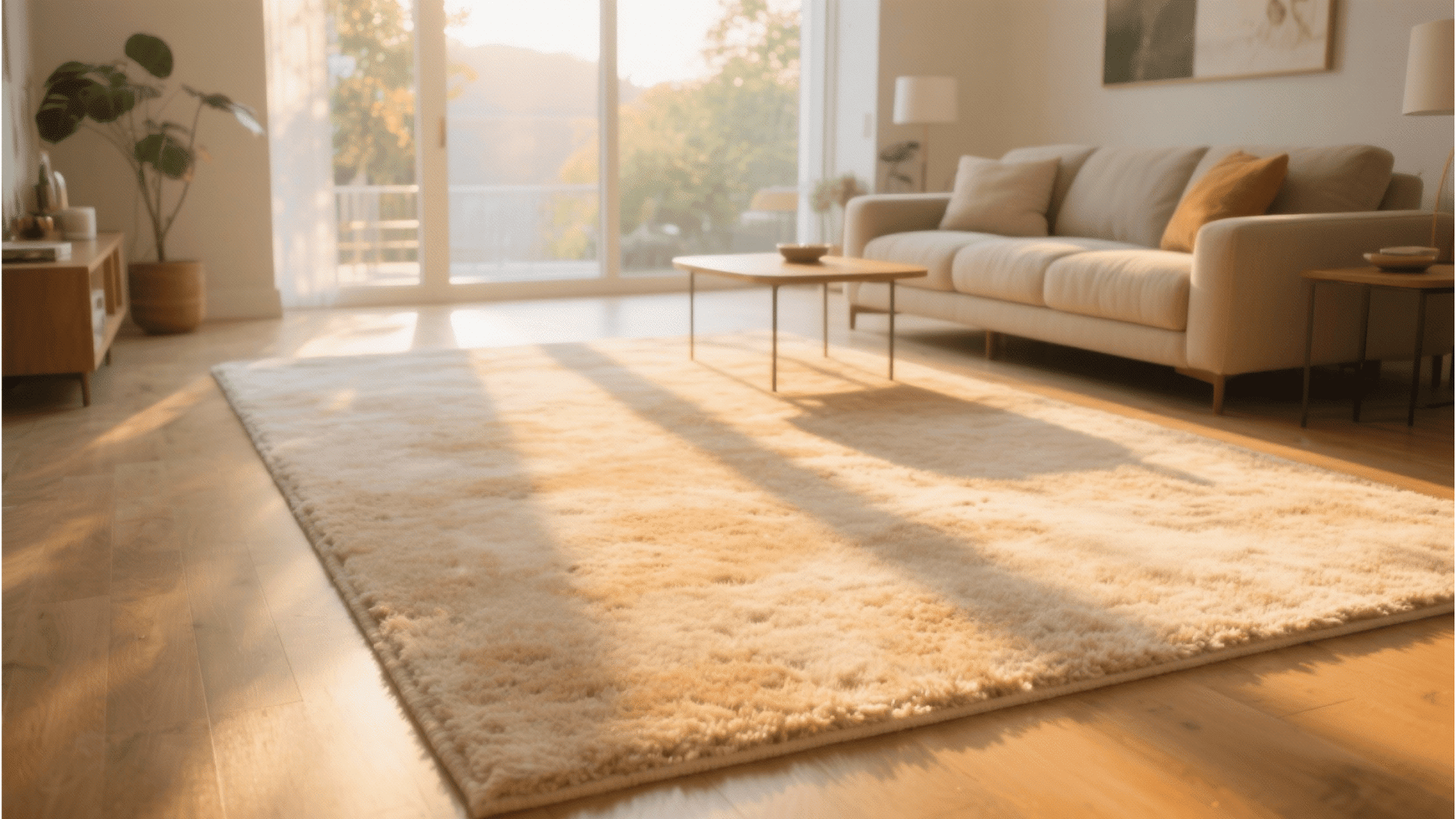Looking at your carpet and noticing those stubborn stains that just won’t budge?
I get it, whether it’s red wine from last week’s dinner party, muddy paw prints, or that mysterious spot you can’t even remember making, the stains are frustrating.
Here’s the thing: most people tackle these stains the wrong way, which actually makes them worse. But don’t worry, there are proven methods that actually work.
In this guide, I’ll walk you through the most effective techniques for removing various types of carpet stains. Also, share some preventive tips that’ll save you headaches down the road
Why First Impressions Start with Your Carpet?
Carpets are one of the first details guests notice, and stains can quickly ruin the overall impression of a room. Even if everything else is spotless, a dirty carpet suggests neglect. Keeping carpets fresh offers powerful benefits:
- Concept of First Impression: Clean carpets instantly make your home look inviting and well-maintained.
- Atmosphere: A fresh, stain-free surface brightens the entire space.
- Prevention: Tackling spills quickly stops them from becoming permanent marks.
- Convenience: Simple household solutions or trusted carpet stain removers often work effectively.
- Lasting Impact: Spotless, odor-free carpets leave a lasting positive impression on visitors.
A spotless carpet doesn’t just clean a room; it uplifts your entire home.
How to Get Stains Out of Carpet? Step-by-Step Process
Getting stains out isn’t just about scrubbing harder; it’s about using the right technique at the right time. Follow this proven step-by-step method to tackle any carpet stains without making them worse or damaging its fibers.
Step 1: Vacuum the Area

The carpet should first be vacuumed thoroughly to remove loose dirt and debris. This allows the cleaning solution to penetrate directly into the fibers without being blocked by dust particles.
Proper vacuuming ensures the treatment reaches the stain more effectively.
Step 2: Prepare the solution
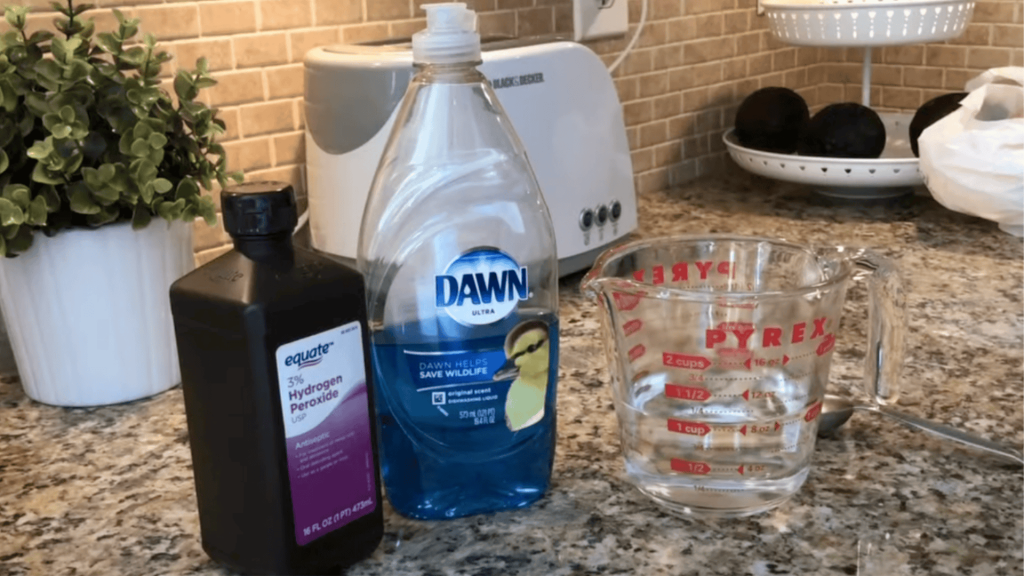
A mixture of 1 cup warm water, ½ cup 3% hydrogen peroxide, and 2 tablespoons of liquid dish soap should be combined in a measuring cup or spray bottle.
The solution must be stirred gently until the soap dissolves completely. This blend helps break down stains without being overly harsh on carpet fibers.
Step 3: Apply the Solution Evenly
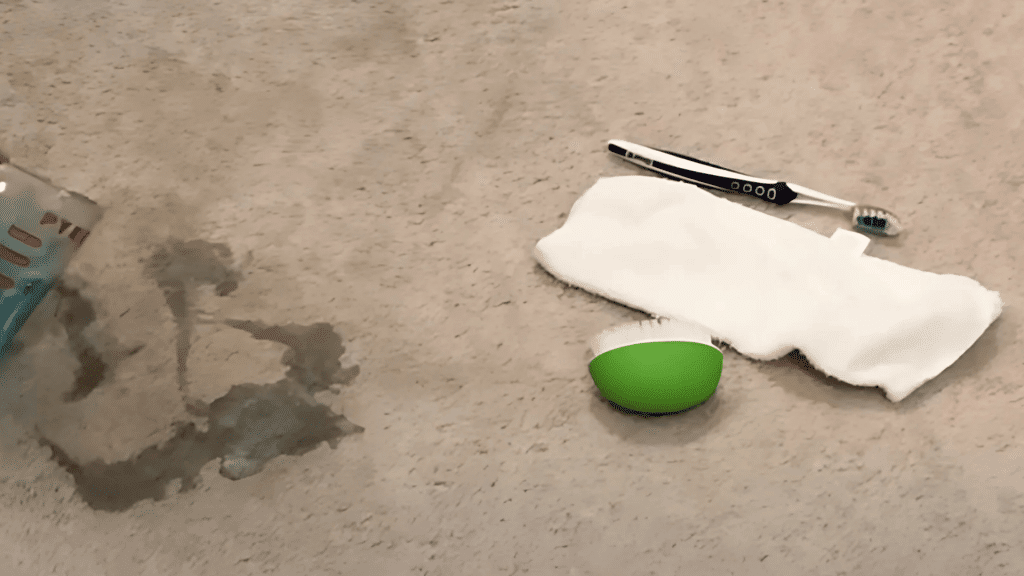
The prepared mixture should then be poured or sprayed generously over the stained area, ensuring full coverage.
The solution needs to soak into the fibers so that it can reach the area where the stain has set. Proper saturation is key to loosening deep discoloration.
Step 4: Gently Scrub the Fibers
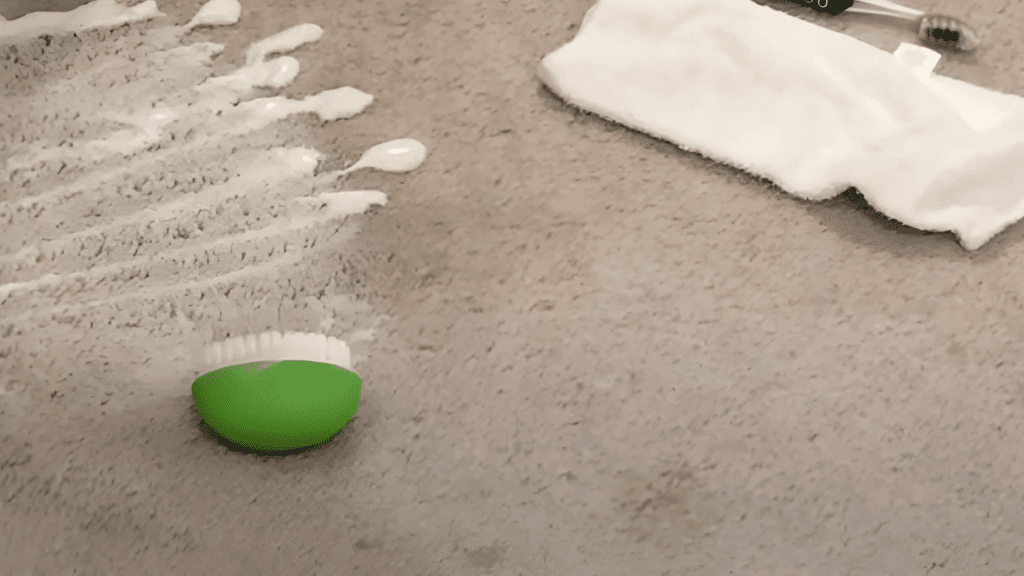
A soft scrub brush or veggie scrubber should be used to gently work the solution into the carpet.
Harsh scrubbing must be avoided, as it can damage fibers and spread the stain. Gentle circular motions lift particles while protecting the carpet’s texture.
Step 5: Blot with a Clean Towel
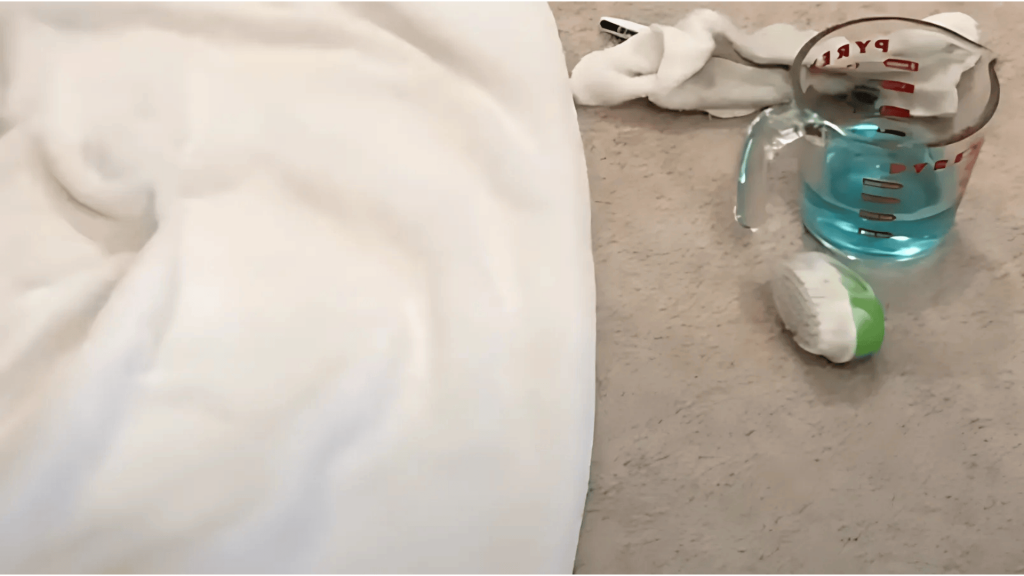
To complete the cleaning process, a clean, dry towel should be laid over the damp area to absorb any leftover moisture.
A fan can then be directed toward the spot to enhance air circulation and accelerate the drying process.
This step is crucial, as it prevents wicking where stains resurface from the bottom and helps the carpet stay clean and fresh.
Step 6: Check Results Over Time
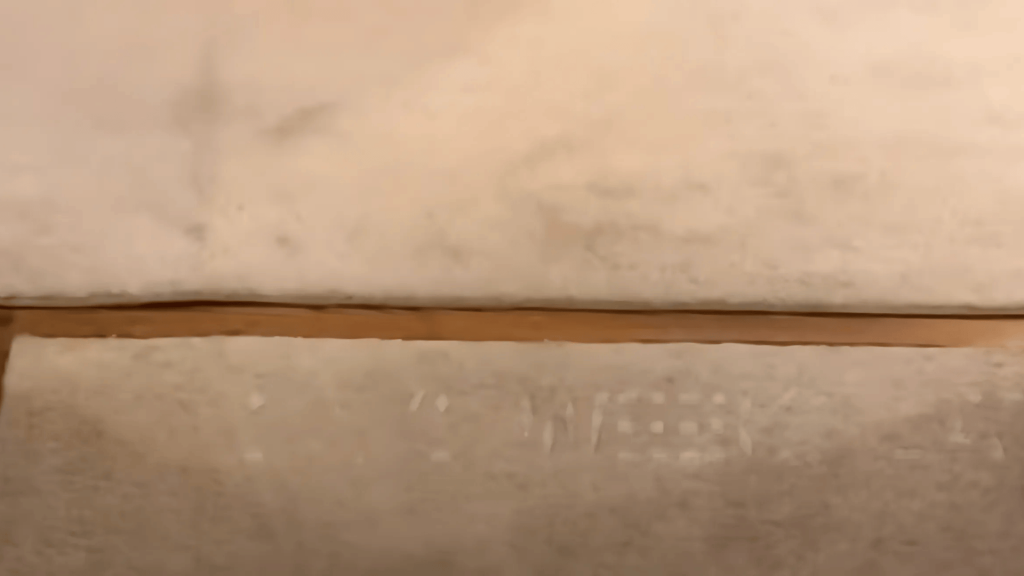
Once the carpet has fully dried, it should be vacuumed again to restore the pile.
This step removes loosened dirt and fluffs the fibers back into place. The method has been shown to keep stains from reappearing even weeks later.
For a real-time walkthrough, you can refer to this step-by-step video tutorial.
Best Carpet Stain Removers: Natural Ingredients Edition
Everyday household products can serve as effective cleaners when applied correctly. They are affordable, easy to find, and often just as useful as store-bought products for managing common carpet stains.
- Vinegar: A diluted white vinegar solution can fade light stains and neutralize odors, though it should not be used on delicate fibers or near natural stone.
- Club Soda: Its carbonation helps lift wine pigments from carpet fibers, especially when poured on immediately after a spill.
- Cornstarch: Works well on greasy stains by drawing out oils; sprinkle generously, allow it to sit, then vacuum before washing the area.
- Salt: Quickly absorbs liquid from fresh wine or juice spills, preventing them from setting deeper into the fibers.
- Enzyme Cleaners: Break down organic pet accidents effectively, but must be avoided on wool or silk to prevent fiber damage.
- Liquid Dish Soap – Breaks down grease and oils, just as it does on dishes.
- Hydrogen Peroxide (3%) – Lifts tough discoloration and brightens fibers naturally.
Used carefully, these natural methods keep carpets clean, fresh, and safe from harsh chemicals.
Handy Tips to Keep in Mind
A few simple habits can make carpet stain removal more effective and prevent long-term damage. These tips ensure that stains are treated properly, carpets stay fresher, and cleaning solutions don’t leave behind hidden problems.
- Rinse after cleaning: All cleaning solutions should be rinsed thoroughly with plain water to prevent soapy residue that attracts dirt.
- Dry thoroughly: To speed up drying and stop stains from wicking back up through the fibers, a fan can be placed nearby, or a clean towel with some weight on top of the spot can be used
- Work from outside in: Cleaning toward the center keeps stains from spreading across a larger area.
- Never mix vinegar and peroxide: Combining these two substances can cause unwanted reactions. Use each separately if needed.
- Know your limits: For stubborn or set-in stains, professional cleaning may be the safest and most effective choice.
With these precautions, carpets are more likely to stay clean, fresh, and free of recurring carpet stains.
Conclusion: Keeping Carpets Fresh and Spot-Free
Dealing with carpet stains doesn’t have to mean spending money on expensive products or calling in professionals; you can often handle them yourself with quick, budget-friendly methods.
Everyday items like dish soap, baking soda, and vinegar are surprisingly effective at tackling common spills when used correctly.
The key is to act quickly: always blot instead of rubbing, rinse to remove residue, and dry thoroughly to stop stains from resurfacing.
With a few simple steps and basic supplies, carpets can stay fresh, clean, and looking their best for longer.

